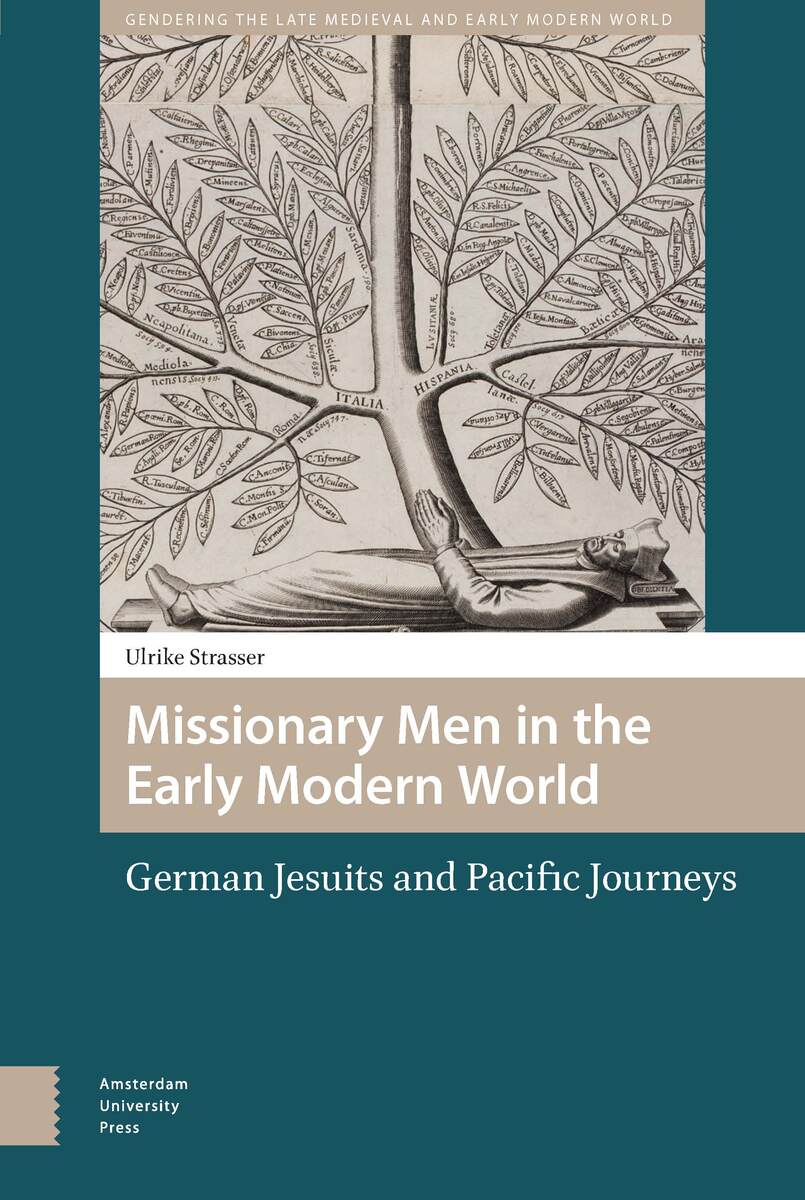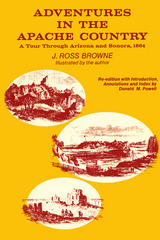Cover
Table of Contents
List of Figures
Acknowledgements
Jesuits and Gender in the Early Modern World
Reforming European Masculinity, Converting the World
Figure 1 Origins and Development of the Society of Jesus and Its Virtuous Men (Societatis Iesu initia progressus et viri illustri), Cologne, c. 1650. Copyright Herzog August Bibliothek, Wolfenbüttel.
Fear and the Making of Jesuit Manhood
Figure 2 Title Page, Orazio Torsellini, Vom tugentreichen Leben, vnd grossen Wunderthaten B. Francisci Xaverii der Societet Iesv, so sen Christlichen Glauben in India sehr erweitert, vnd in Iapon anfängklich eingeführt sechs Bücher (München: Nicolaus Henr
Figure 3 André Reinoso, The Stormy of Voyage of St. Francis after Leaving Japan, c. 1619. Source: Vítor Serrão, The Legend of Saint Francis Xavier by the Painter André Reinoso: Historical, Aesthetic and Iconological Study of a Series of Baroque Paintings
Figure 4 Image of Jesus on the Sea of Galilee. Source: Jerome Nadal, Adnotationes et meditationes in Evangelia, Antwerp, 1607. Copyright Herzog August Bibliothek, Wolfenbüttel.
Figure 5 Das Gemalte Leben Maria Wards, no. 15. Maria-Ward Saal, Congregatio Jesu Augsburg. Copyright Tanner Werbung.100
Figure 6 Das Gemalte Leben Maria Wards, no. 22, Maria-Ward Saal, Congregatio Jesu Augsburg. Copyright Tanner Werbung.
Figure 8 Das Gemalte Leben Maria Wards, no. 31. Maria-Ward Saal, Congregatio Jesu Augsburg. Copyright Tanner Werbung.
Engendering the Marianas Mission, Part I
Figure 9 Frontispiece, Francisco Colin, Labor evangelica, ministerios apostolicos de los obreros de la Compañia de Iesvs, fvndacion, y progressos de sv provincia en las islas Filipinas (Madrid: Joseph Fernandez de Buendia, 1663). Source: Rose Marie San Ju
Figure 10 Map of the Marianas. Source: Charles Le Gobien, Histoire des isles Marianes, nouvellement converties à la religion Chrestienne; & de la mort glorieuse des premiers missionnaires qui y ont prêché la foy (Paris: Nicolas Pepie, 1700). Courtesy of S
Figure 11 Map of Guam, including Jesuit headquarters of Agaña. Source: Charles Le Gobien, Histoire des isles Marianes, nouvellement converties à la religion Chrestienne; & de la mort glorieuse des premiers missionnaires qui y ont prêché la foy (Paris: Nic
Figure 12. Francisco de Florencia, Exemplar vida y gloriosa muerte por Christo del fervoroso P. Luis Medina […] sacada de las noticias que el Padre Diego Luis de Sanvitores, Superior de las Missiones Marianas, dio al R. Padre Provincial de las Filipinas (
Engendering the Marianas Mission, Part II
Figure 13 Image of Augustinus Strobach. Source: Emmanuel de Boye, Vita et obitus Venerabilis Patris Augustini Strobach e Societate Jesu, ex Provincia Bohemiae pro Insulis Marianis electi missionarii et a rebellibus sanctae fidei in iisdem insulis barbare
Figure 14 Garden image. Source: Matthias Tanner, Societas Jesu usque ad sanguinis et vitae profusionem militans, in Europa, Africa, Asia, et America, contra gentiles, Mahometanos, Judaeos, haereticos, impios, pro Deo […] (Prague: Typis Universitatis Carol
Figure 15 Detail, garden image. Source: Matthias Tanner, Societas Jesu usque ad sanguinis et vitae profusionem militans, in Europa, Africa, Asia, et America, contra gentiles, Mahometanos, Judaeos, haereticos, impios, pro Deo […] (Prague: Typis Universitat
Conceptual Conquest, Missionary Manhood, and Colonial Fantasy between the Pacific and Europe
Figure 16 Carta de las Nuevas Filipinas: Islas Palaos. Source: Archivo General de Indias. Published with permission of Ministerio de Cultura, Gobierno de España.
Figure 17 Frontispiece, Joseph Stöcklein, Der Neue Welt-Bott oder Allerhand so Lehr- als Geistreiche Brief […] (Graz/Augsburg: Verlag Philipp, Martin, und Johann Veith, 1726-1736/Vienna: Leopold Johann Kaliwoda, 1748-1761). Copyright Herzog August Bibliot
Figure 18 Map of the Mariana Islands. Source: Joseph Stöcklein, Der Neue Welt-Bott oder Allerhand so Lehr- als Geistreiche Brief […] (Graz/Augsburg: Verlag Philipp, Martin, und Johann Veith, 1726-1736/Vienna: Leopold Johann Kaliwoda, 1748-1761). Copyright
Figure 19 Map of the Palaos Islands. Source: Joseph Stöcklein, Der Neue Welt-Bott oder Allerhand so Lehr- als Geistreiche Brief […] (Graz/Augsburg: Verlag Philipp, Martin, und Johann Veith, 1726-1736/Vienna: Leopold Johann Kaliwoda, 1748-1761). Copyright
Conclusion and Epilogue
Bibliography
About the Author
Index












